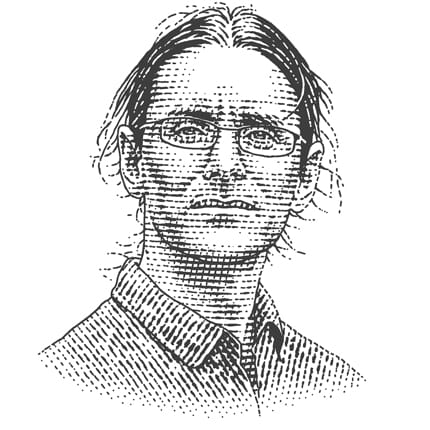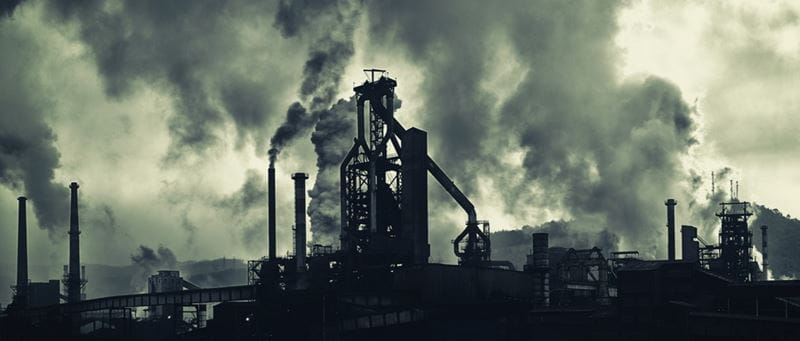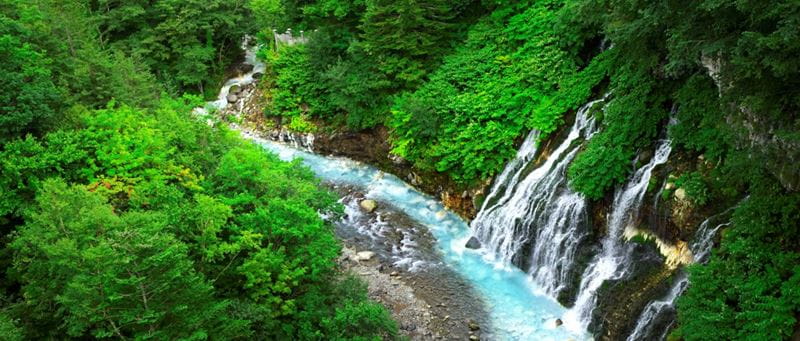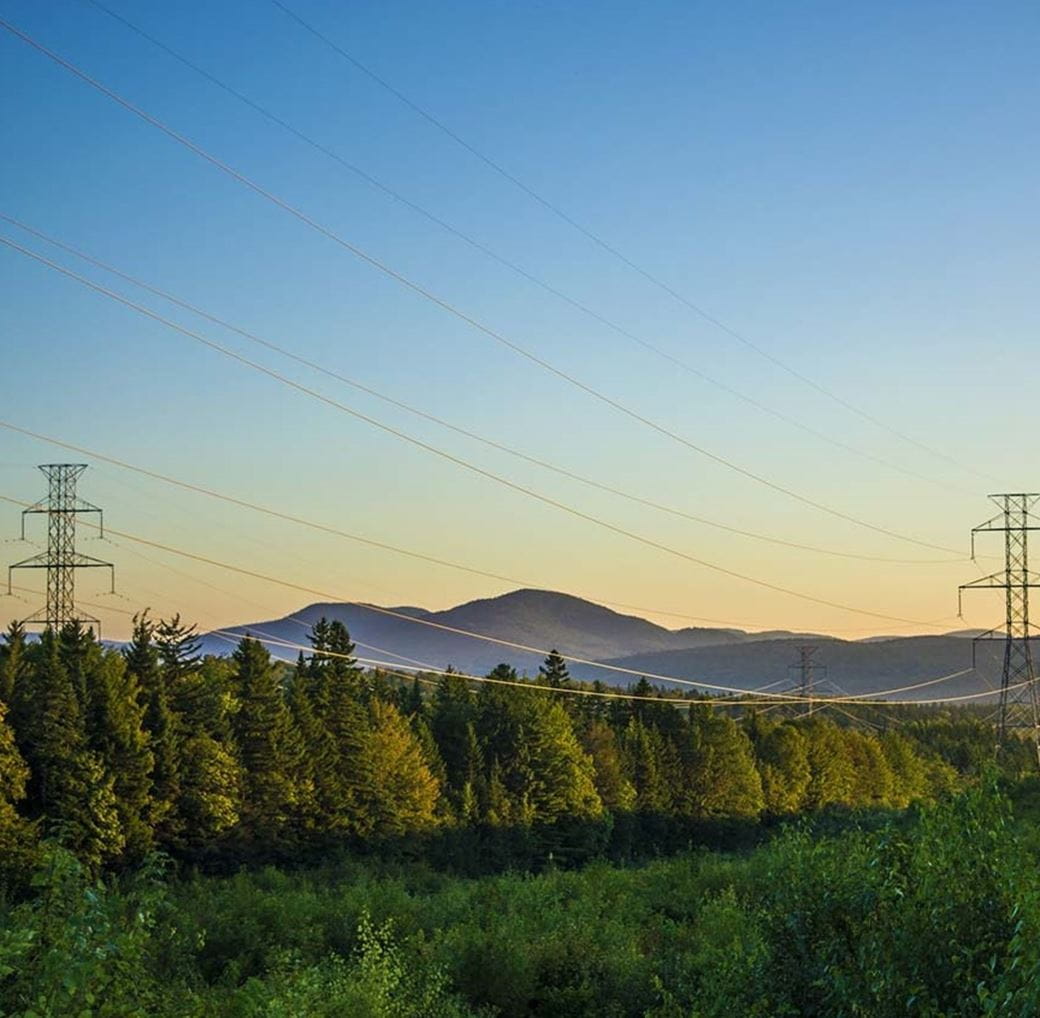
Wildfires are a significant contributor to global warming: the EU’s Copernicus Atmosphere Monitoring Service reports that they contribute about 1.76 billion tonnes of C02 into the atmosphere – more than double the annual CO2 emissions of the whole of Germany. They also cause significant damage to wildlife and biodiversity, destroy communities and crimp economic growth.
Trees hitting power lines are the single most common cause of wildfires. But when a utility builds or operates thousands of kilometres of overhead cables, often running through forests in wild and unpopulated territories, it is a significant challenge to anticipate where the next tree will fall against a cable.
That is where Roelof Pieters comes in. Pieters is co-founder and CTO of Overstory, an AI-based company that uses satellite data to analyse all vegetation on Earth, to prevent power outages and wildfires. “Our mission is to get a better overview of the world’s natural resources in real time, to enable anyone in the world who has access to that information to make better decisions about the problems we’re facing today, including the climate crisis and environmental problems related to that,” says Pieters.
It's quite a mission, and Pieters and his colleagues in Amsterdam and Boston, where Overstory has offices, use a combination of machine learning and human expertise to get to their goal on behalf of their clients, which are predominantly companies in the utilities sector.
Large utilities’ infrastructure runs through cities, forests, and numerous other kinds of vegetation. Historically it has been impossible to keep an eye on changes and risks throughout the length of this infrastructure. “With our satellite imagery, we can give a very detailed overview of the situation on the ground,” says Pieters. “That helps provide intelligence and scale, because we can do it from space, looking at these places on Earth. We’re not limited by accessibility, as with drones or helicopters. We can go anywhere in the world and get that analysis.”
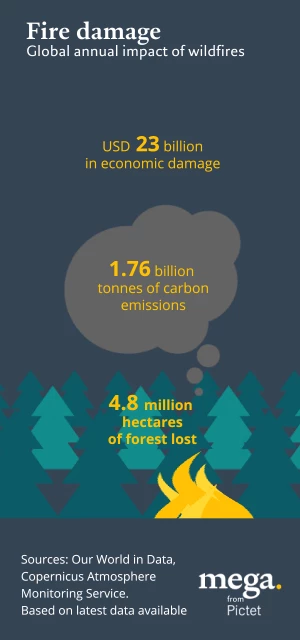
Machine learning can only provide 80 per cent of the solution. The remaining 20 per cent is provided by an expert team of arborists and field experts, who study the data and visit the at-risk sites to make a human analysis.
Overstory’s clients are spread across the world. One utility, based in the US, estimates that, as well as decreasing power cuts by 15 per cent, working together with Overstory has reduced the number of trees they have trimmed by 18 per cent, due to the precision of the company’s analysis.
The infrastructure sector is another beneficiary: railway and road builders and operators want to know how vegetation changes are affecting their routes, and where healthy trees in close proximity to infrastructure can be beneficial by preventing landslides and rockfalls.
“Before our work with utilities, we also worked in the Nordics with sustainable logging, understanding the health of the forest better,” says Pieters. “This not only allows your forests to be more healthy and for you to trace your impact, but also to have bigger timber gains for large, mono-yield timber forests.”
Such analysis is also valuable for the insurers and for the fast-growing carbon credits industry. This field, which has been the subject of controversy because of its lack of transparency and question marks about the effectiveness of individual products, has great potential for the kind of hybrid AI-human analysis model pioneered by Overstory.
Pieters explains that corporates are understanding that it is not just a case of planting trees and counting carbon credits. “It can take up to 10 years just for all the inputs that are needed to decide how to start planting the trees, and then it takes (depending on the trees and also the area where you are planting) between 20 and 30 years for the trees to be grown up, and start to really have a good carbon draw down potential,” he says. Trees have other benefits, like contributing to biodiversity, holding water, and protecting against erosion. “But maybe we should just focus more on not cutting down trees, or stopping forest fires, rather than planting new ones.”
Investment Insights
- The fire weather season - when wildfires are particularly likely - has lengthened by 27 per cent globally since 1980s, with increases even more pronounced in the Amazon, the Mediterranean and parts of North America, according to World Economic Forum analysis. This trend is expected to continue.
-
Governments are increasingly looking to invest in wildfire prevention and mitigation. For example, this is one of the priorities for the Biden administration in the US.
-
In the business world, utilities & insurance companies are particularly badly affected by increased wildfire risk. Liabilities from fires were behind the 2019 bankruptcy filing by Californian utility PG&E.

